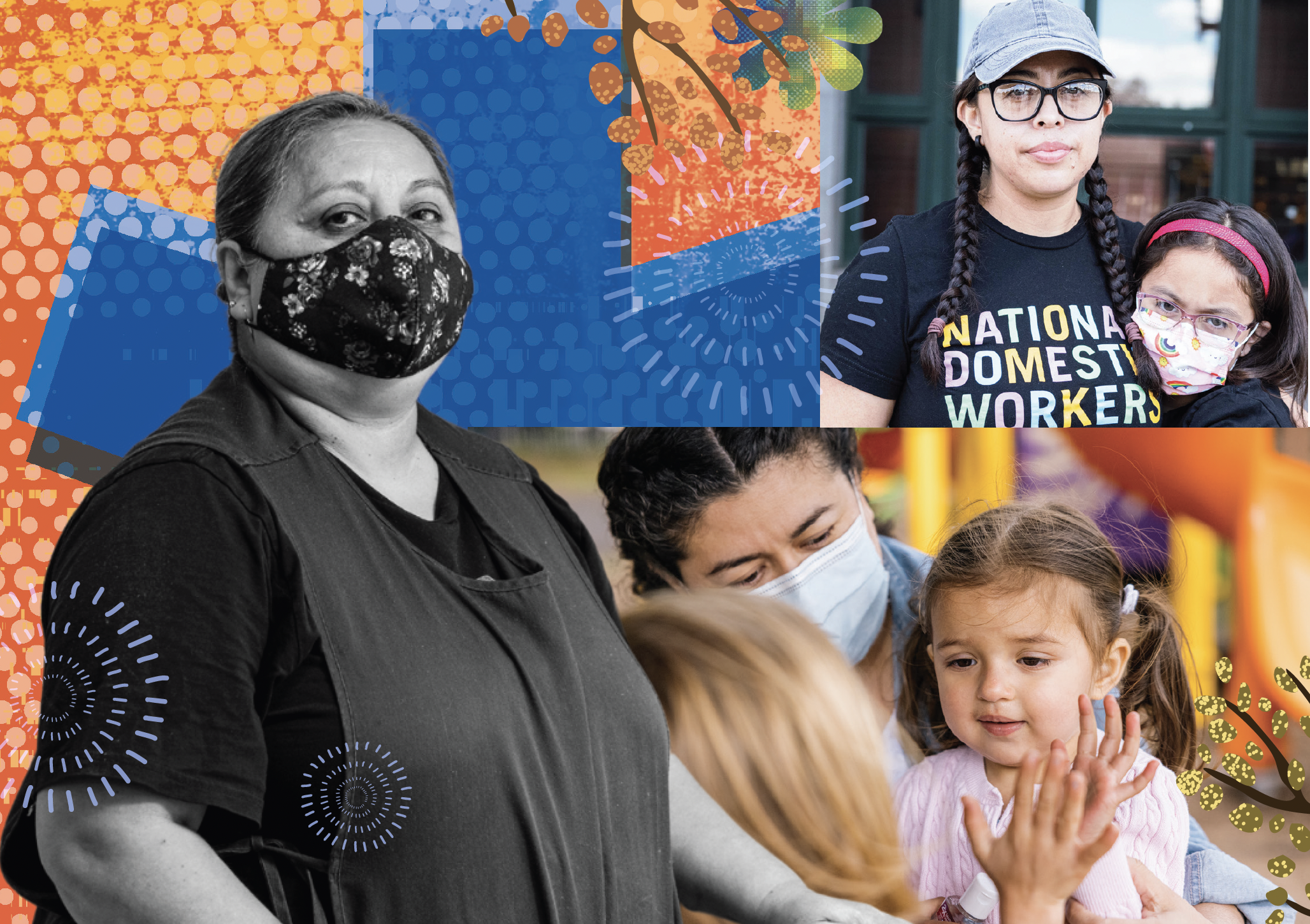The U.S. Needs to Respect Its Caregivers
![The U.S. Needs to Respect Its Caregivers]()
The U.S. Needs to Respect Its Caregivers
![The U.S. Needs to Respect Its Caregivers]()
Op-Ed
Op-Ed

Last month President Biden signed the Inflation Reduction Act, which contains parts of his Build Back Better agenda, including major climate investments and authorization for Medicare to negotiate lower prescription drug prices. The law will reduce the cost of health care, slash carbon emissions to roughly 50 percent below 2005 levels by 2030, invest in clean energy vehicles and raise taxes on corporations, among other things.
Make no mistake, President Biden and the Democrats in Congress have achieved a transformative investment in our future.
But investments in Medicaid home and community-based services for older adults and people with disabilities, raising wages for the work force that provides caregiving, four weeks of paid family and medical leave, and subsidies for families in need of child care did not make it into law.
Infrastructure isn’t only sustainable modes of transportation. As Senator Bob Casey recently said: “The bridge to work for many is someone who can come into their home and care for aging parents. For others, it’s quality, affordable child care for their kids.” Fair pay for caregiving would free up more Americans to take part in the economy.
For too long we have underinvested in and undervalued caregivers. After the coronavirus pandemic hit, a breakthrough seemed possible when policies intended to help families became the focus of a national conversation.
A 2020 report by AARP and the National Alliance for Caregiving found that more than one in five Americans were caregivers and almost one in four of these was caring for more than one person. A more recent study by The Associated Press-NORC Center for Public Affairs Research showed that a vast majority of Americans want to age at home and want the government to act to help them do so.
But we can hardly sustain the existing home care work force with workers’ current median annual income just over $18,000 per year. What will we do when the aging baby boomer generation — roughly 73 million people — needs more support and services?
There are more than 12 million working parents with children younger than 6 years old. Without access to paid leave, these parents must find affordable child care in order to work and provide for their families. The American Rescue Plan Act included funding to stabilize child care programs for low-income families and expanded the child tax credit for 2021, but what will happen when that funding runs out?
Lawmakers must now decide how to support the care economy — including administrative and regulatory reforms as well as legislation. We should see investments in care reflected in appropriations and at the heart of the next budget reconciliation. Many voters want representatives who refuse to devalue women and families and who want caregivers to have the freedom to choose whether they leave the work force rather than be forced out of it.
The Biden administration’s economic agenda has often been compared to Roosevelt’s New Deal in scope and significance, but the New Deal explicitly excluded two groups of workers — farm workers and domestic workers. Over time, these domestic workers became the backbone of the care economy, but the government never advanced comprehensive solutions to support them.
Mr. Biden’s original agenda not only included these workers, but it highlighted the importance of investing holistically in the care that families need and the jobs that support it. Today, we understand that the economy doesn’t grow or work without care, including for the work force entrusted with the people who matter most in our lives. Let’s not wait another 80 years to act on that vision.